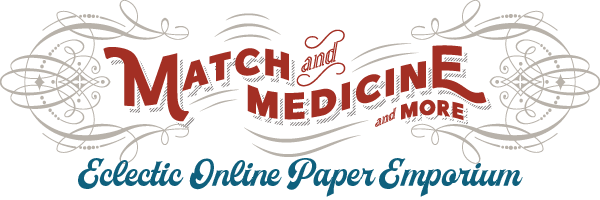Additional information
| Engraver | Frederick Arthur Bridgman |
|---|---|
| Condition | VF, minor foxing |
| Year | 1866 |
| Paper | india die sunk on card |
| Size | Engraving: 1.75" x 1.75", Card: 5.5" x 8" |
$60.00
Frederick Arthur Bridgman. Young America. Die-proof engraving, lndia on card, image 1¾ x 1¾”. American Bank Note Company, no. 324, 1866.
This 1866 engraving is based on Franz Xaver Winterhalter’s (1805-1873) painting The Princess Helena, which Queen Victoria gave to Prince Albert in 1849. Helena is portrayed wearing a Minerva-like helmet, a favorite piece of headgear. American Bank Note turned HRH The Princess Helena into Young America. The engraver of Young America is listed in engraving records as Frederick Arthur Bridgman, the famous Orientalist painter who started his career with American Bank Note in the early 1860s, but left for Europe in 1866. The portrait is rendered very effectively and has unusual line work in the face. The quality of the portrait is surprisingly good considering how little experience Bridgman had.
American traced its beginning back to Philadelphia and Robert Scott, who started a bank note business in that year. Scott was also engraving for the United States Mint. Finally he relinquished his interest in bank notes and the firm was taken over by John Draper, who had been his assistant. At some time during the long period to 1858, each of the founding firms in some manner, or form had been connected with Scott or Draper, thus establishing the date of beginning as 1795. The name “American Bank Note Company” was used by Jocelyn, Draper, Welsh & Company, in addition to its regular name, since 1854, with the thought that it could be later used by a bank note engraving and printing institution. In 1858 the leading bank note firms-seven in number-united to form an association, which was incorporated under the title of the American Bank Note Company, Association. The founding firms were Rawdon, Wright, Hatch & Edson, New York, Cincinnati, New Orleans, and Montreal, with Isaac Carey of the New England Bank Note Company, Boston, and George Matthews, Montreal; Toppan, Carpenter & Company, New York, Philadelphia, Cincinnati, and Boston; Danforth, Perkins & Company, New York, Philadelphia, Cincinnati, and Boston; Bald, Cousland & Company, New York and Philadelphia; Jocelyn, Draper, Welsh & Company, New York, with Draper, Welsh & Company, Philadelphia; Wellstood, Hay & Whiting, New York and Chicago, and John E. Gavit, Albany. It was agreed among the firms to associate and thus survive the depressions that were occurring, especially the one of 1857. The articles of agreement were signed April 29, 1858, and an official announcement of the Association was issued on May 1, expressing its purpose as:
“For the purpose of placing the bank note currency of the country upon a basis of greater security, with the same features of stability and perpetuity that pertain to Banking Institutions.”
In the spring of 1859, Edmonds, Jones & Smillie, a comparatively new firm, joined the Association. The Association continued business under the agreement until 1879 when the National and Continental Bank Note Companies joined, and the name was then changed to the American Bank Note Company, Consolidation.
| Engraver | Frederick Arthur Bridgman |
|---|---|
| Condition | VF, minor foxing |
| Year | 1866 |
| Paper | india die sunk on card |
| Size | Engraving: 1.75" x 1.75", Card: 5.5" x 8" |
